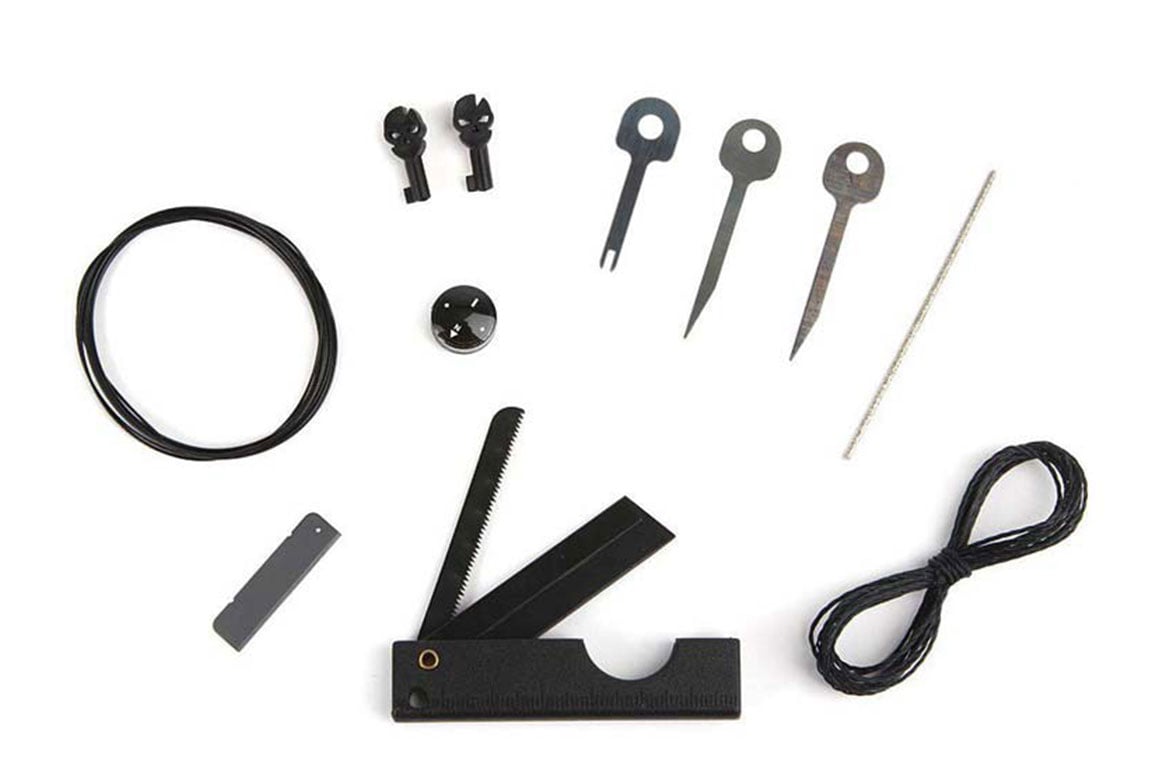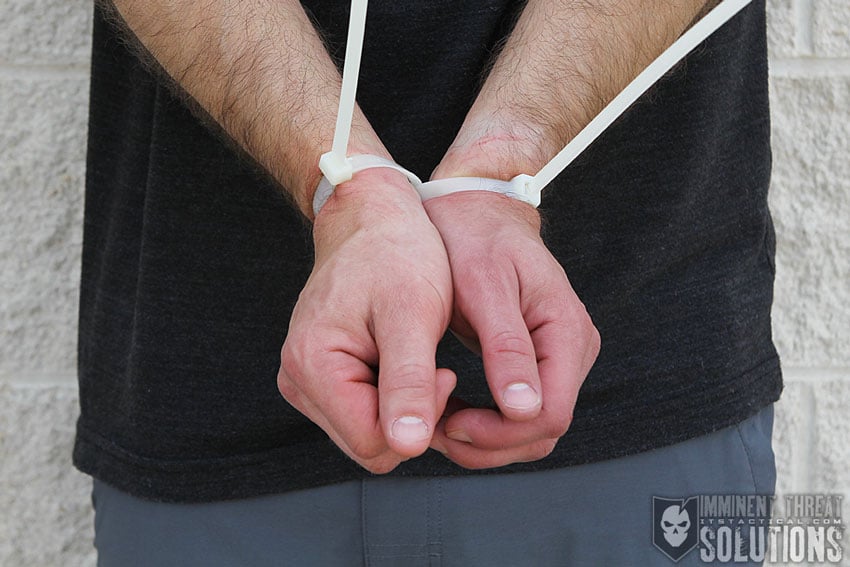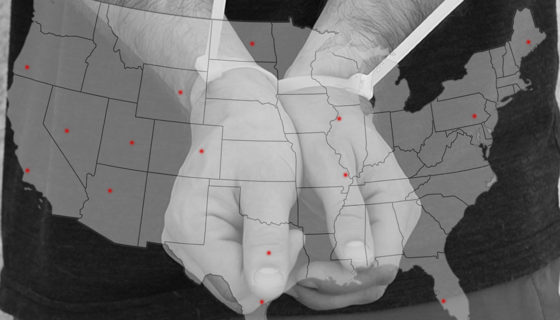Should You Know How to Pick Handcuffs?
Should You Know How to Pick Handcuffs?
Learning to pick handcuffs is likely one of the most controversial topics we’ve covered on ITS, but it’s something we’re passionate about sharing due to the real-world legal applications. The methods we discuss aren’t intended to allow you to escape from proper Law Enforcement restraint techniques, but from criminals using store bought handcuffs for illegal restraint purposes.
Don’t believe criminals are using handcuffs? Think again. The fact is, the design of handcuffs hasn’t changed considerably since 1912 and they’re extremely easy to obtain, allowing criminals to quickly restrain and subdue victims. Learning to defeat all types of illegal restraint can give you the upper hand and save you from a dangerous situation. This article covers the basic functionality of handcuffs and shows how they can be picked using a simple bobby pin. You might be surprised how easy the technique really is, but that seems to be the case for most people when they start learning about lock picking. As we’ve said for years, learning to pick locks really just shows you how vulnerable most locking mechanisms really are.
Be Ready with the SPIE® Kit
We’ve advocated for being prepared to escape illegal restraint for years, which led us to develop the SPIE® Kit. The kit contains 11 valuable tools for an Escape & Evasion or Home Invasion scenario when escaping from illegal restraint. Each kit contains two ITS Skeleton Keys, which are lightweight polymer emergency handcuff keys. It also includes a Folding Saw, Diamond Wire, Handcuff Shim, Padlock Bypass Tool, Combo Lock Bypass Tool, Ceramic Tool, Button Compass and six feet of both Kevlar® Cordage and Stainless-Steel Leader Wire.
Check out the SPIE Kit in the ITS Store!
Please Note: The lock picking tips and techniques we provide are only to be used in accordance with all local, state and federal laws and are provided for lock sport (recreational lock picking) use only. Lock sport should be used to learn about the illusion of security and how to properly protect yourself and your possessions.












Discussion